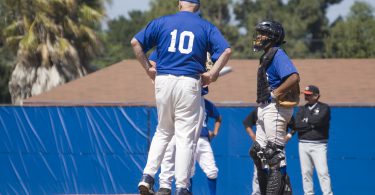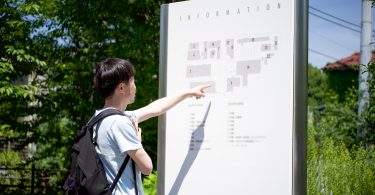One of our most popular social media posts of 2018 highlights the different scholarship limits for each level of college baseball. In this article, we add some important details about the scholarship limits, rules, and what a full scholarship covers. Here’s everything you need to know about college baseball scholarships at every level.
Scholarship Expectations
Parents and players often have unrealistic expectations about what a baseball scholarship may include. Unlike football and basketball, which are head-count sports and grant a full-ride to each scholarship recipient, college baseball is an equivalency scholarship sport. This means that a scholarship only covers a percentage of the total cost of attendance, as negotiated by the coaching staff and player. It’s also important to understand that many schools are not fully funded when it comes to scholarships amounts, meaning the athletic department does not provide them with the total team limit allowed by the division or level.
NCAA
Each NCAA division has its own scholarship rules and limits. These rules and limits are outlined below.
D1 Team Limit: 11.7
NCAA D1 baseball programs are allowed to offer a maximum of 11.7 athletic scholarships, which can be divided up among a maximum of 27 players. A D1 player on scholarship must receive a minimum scholarship of 25% of the total cost of attendance. A full scholarship includes tuition, fees, books, room, and board.
D2 Team Limit: 9
NCAA D2 baseball programs are allowed to offer a maximum of 9 athletic scholarships, which can be divided up among players however a coach sees fit. A full scholarship includes tuition, fees, books, room, and board.
D3 Team Limit: 0
NCAA D3 baseball programs offer no athletics-based financial aid or scholarships. However, many D3 schools are able to creatively package other forms of aid to greatly reduce the cost of attendance for student-athletes. Before you disqualify D3 programs on the basis that they do not offer scholarships, be sure to do your homework. There are D3 programs that are committed to meeting 100% of demonstrated financial need for students and it’s possible you’ll pay less out of pocket, even without a baseball scholarship.
NAIA
NAIA Team Limit: 12
NAIA baseball programs are allowed to offer a maximum of 12 athletic scholarships, which can be divided up among players however a coach sees fit. A full scholarship includes tuition, mandatory fees, books and supplies required for courses in which the student-athlete is enrolled, and room and board based on the official allowance in the school’s catalogue.^
NJCAA
Each institution belonging to the NJCAA chooses to compete in the Division I, II or III level in designated sports.* Each level has different scholarship terms and team limits described below.
NJCAA D1 Team Limit: 24
NJCAA Division I colleges may offer full athletic scholarships a maximum of tuition, fees, room and board, course related books, up to $250 in course required supplies, and transportation costs one time per academic year to and from the college by direct route.*
NJCAA D2 Team Limit: 24
NJCAA Division II colleges are limited to awarding tuition, fees, course related books, and up to $250 in course required supplies.*
NJCAA D3 Team Limit: 0
NJCAA Division III institutions may provide no athletically related financial assistance. However, NJCAA colleges that do not offer athletic aid may choose to participate at the Division I or II level if they so desire.*
California Community College Athletic Association (CCCAA)
CCCAA Team Limit: 0
The cost of attendance at California community colleges is already heavily subsidized, but CCCAA baseball programs are not allowed to offer any athletic scholarships.
*From the NJCAA Website FAQs
^ From the NAIA Website







